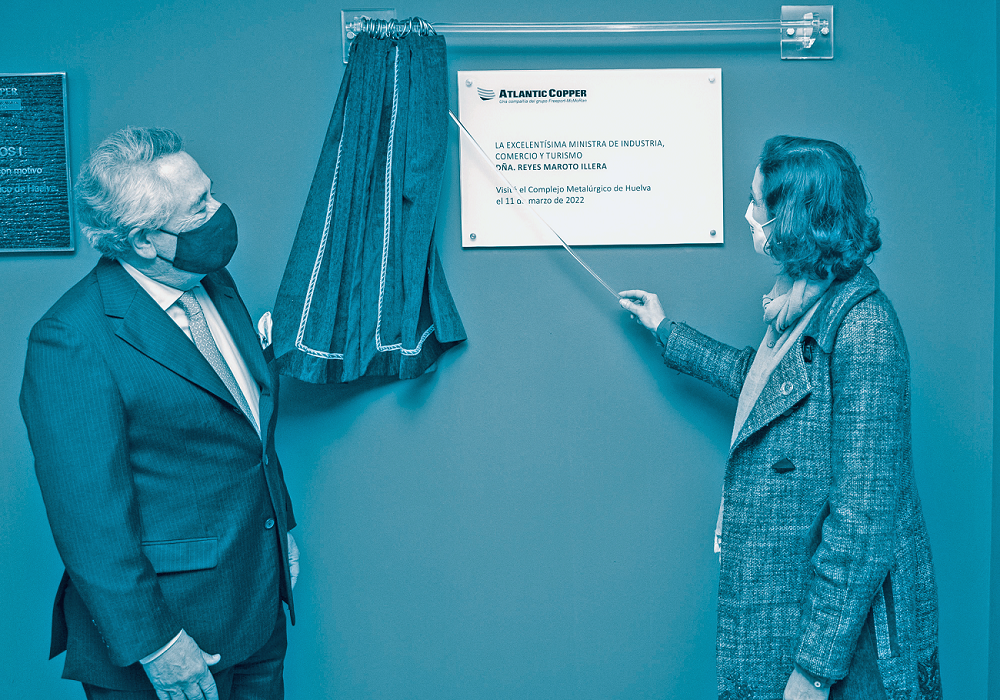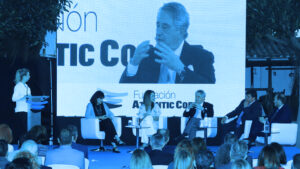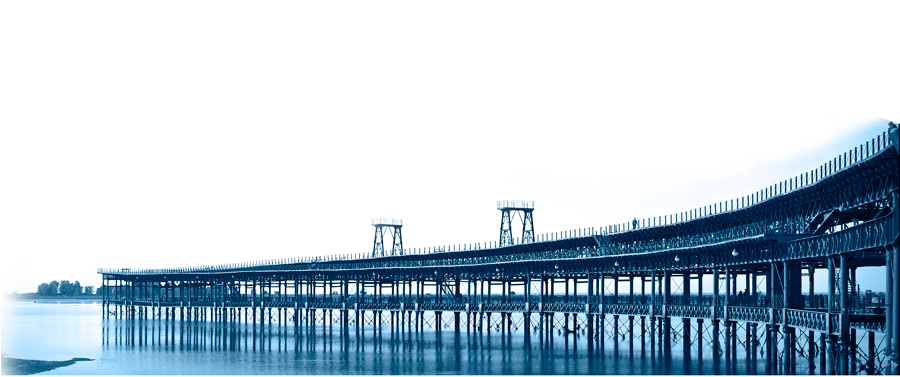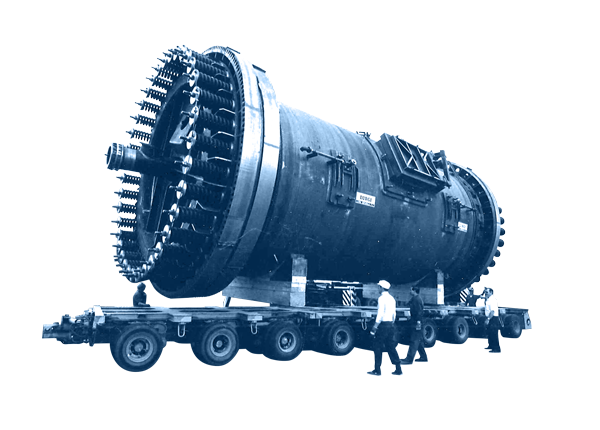In 2020 we celebrated the company’s 50th anniversary in Huelva. Half a century of history linked to our environment. During these five decades, we have turned our company into a global benchmark in energy efficiency and today we are the leading producer of refined copper in Spain and number three in Europe. We generate employment for about 2,500 people (including direct, indirect and derived jobs) and, as an indication of our social commitment, in 2024 our Foundation is celebrating its first fifteen years of existence.
History
DOWNLOAD THE INFOGRAPHIC SUMMARY OF OUR 50 YEARS OF HISTORY
2024
The Atlantic Copper Foundation turns 15.
Atlantic Copper receives the ‘Familias Andaluzas‘ Honor Award from the Regional Government of Andalusia.
2023
Atlantic Copper starts the construction of the CirCular Project.
2022
Atlantic Copper receives the Medal of the City of Huelva.
Reyes Maroto, Minister of Industry, Tourism and Trade, visits the Atlantic Copper metallurgical complex in Huelva.


2021
Atlantic Copper was named the winner of the 2021 Alas a la Internacionalización Award from the Andalusian government, in the Export Company category.
The president of The Regional Government of Andalusia (Junta de Andalucía), Juan Manuel Moreno, visits the Atlantic Copper metallurgical complex in Huelva.
Javier Targhetta, President of Atlantic Copper, receives the Medal of Andalusia.
2020
We celebrated the company’s 50th anniversary in Huelva.


2019
Celebration of the Foundation’s 10th anniversary.
For the second consecutive year, Atlantic Copper is the world’s most energy-efficient smelter.
2018
Copper concentrate smelting record: 1,103 Mt

2016
Inauguration of the Copper Interpretation Center.
2015
Atlantic Copper constitutes three Chairs between 2011 and 2015: at the University of Huelva, the International University of Andalusia and the ETSI of Madrid.
2011
Expansion of the refinery to produce up to 284,000 t. of cathodes per year.
2010
Visit of HM Juan Carlos I on the occasion of Atlantic Copper’s 40th anniversary in Huelva.
2009
Founding of the Atlantic Copper Foundation.
Construction of the pipelines to connect the smelter to the Nuevo Puerto terminal. This is a key milestone for the export of this product.
2007
Atlantic Copper obtains the new authorization that regulates environmental standards (Integrated Environmental Authorization).
2004
Implementation of ‘Primavera’ (‘Spring’), a competitiveness plan including 150 projects.
The Cordoba and Barcelona assets are sold.
Redesign of the flash furnace WHB.
2003
Atlantic Copper enters into a voluntary agreement with the Andalusia Regional Government to undertake an environmental impact reduction plan, more ambitious than the legislation in force, in accordance with the IPPC community directive.
2001
Redesign of the flash furnace power supply, LIW.
2000
Atlantic Copper becomes the largest smelter in Europe in concentrate smelting volume.
1998
AENOR awards Atlantic Copper the ISO 14001 Environmental Management Certificate. It is the first company in the metallurgical sector in Spain to obtain it.
1997
Inauguration of the Plaza Minera stage in the Patiño neighborhood, paid for by Atlantic Copper.
Debottlenecking project, with 12 million dollars in investments, achieving a production capacity increase to practically current levels: 300,000 t/year of anodes and 240,000 t/year of cathodes.
1996
Completion of the Huelva Expansion Project.
1995
Freeport approves the Huelva Expansion Project (HEP) at a total cost of 215 million dollars which, in addition to increasing the smelting capacity from 500,000 to 870,000 t/year, includes the implementation of important environmental measures.
On March 9th, an agreement is signed between the Bishop of Huelva (Ignacio Noguer), the CEO of Rio Tinto Metal (Javier Targhetta) and the Mayor of Huelva (Juan Ceada) for the rehabilitation of the La Milagrosa church, with the company assuming all costs (51,374,785 pesetas) under this agreement.

1993
Entrance of Freeport as the company’s sole shareholder, beginning the most prosperous period in the company’s history.
1991
Huelva Mejorada Project, to improve cathode quality and optimize productivity.
1989
Beginning of the Huelva Mejorada Project (‘Huelva Improvement Project’).
1987
The Muelle Cargadero de Mineral de Rio Tinto (‘Río Tinto Ore Loading Pier’) and the Casa Colón (‘Columbus House’) become City of Huelva heritage sites in 1987 and 1994, respectively.

1985
Technical training for the operators of the La Caridad de Mexicana de Cobre smelter (Mexico Group) and the San Manuel de Magma Copper smelter.
Start-up of the first oxygen plant operated by Air Liquide.
1979
41-day stop, during which the flash furnace brickwork is repaired after having processed more than 1 million tons of copper concentrate.
Inauguration of the Plaza Minera (‘Miners Square’) in the Patiño neighborhood on July 15.
1976
The City Council of Huelva receives the lands ceded by Riotinto Patiño for the construction of a school in the neighborhood.
1975
The Momoda furnaces are replaced by the Outokumpu Flash Furnace.
In July, the refinery’s expansion start-up is completed, with a target of producing 105,000 t/year of cathodes.
The second sulfuric acid unit starts up, with gas absorption and scrubbing in a closed circuit.

1974
Partial start-up of the refinery’s first expansion.
1970
June 9th. The smelter is started with two Momoda furnaces, with a concentrate melting capacity of 500 t/day and one sulfuric acid and electrolysis plant with a copper cathode production capacity of 40,000 t/year.
Closure of the Riotinto smelter. The workers are transferred to Huelva.
The keys to the first 120 houses are handed over.



